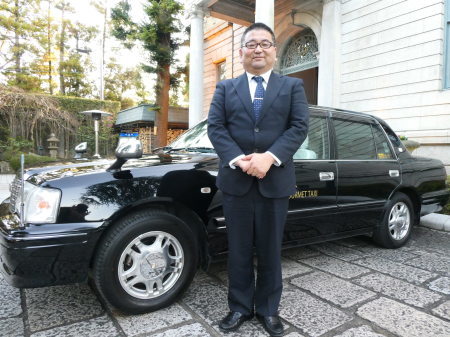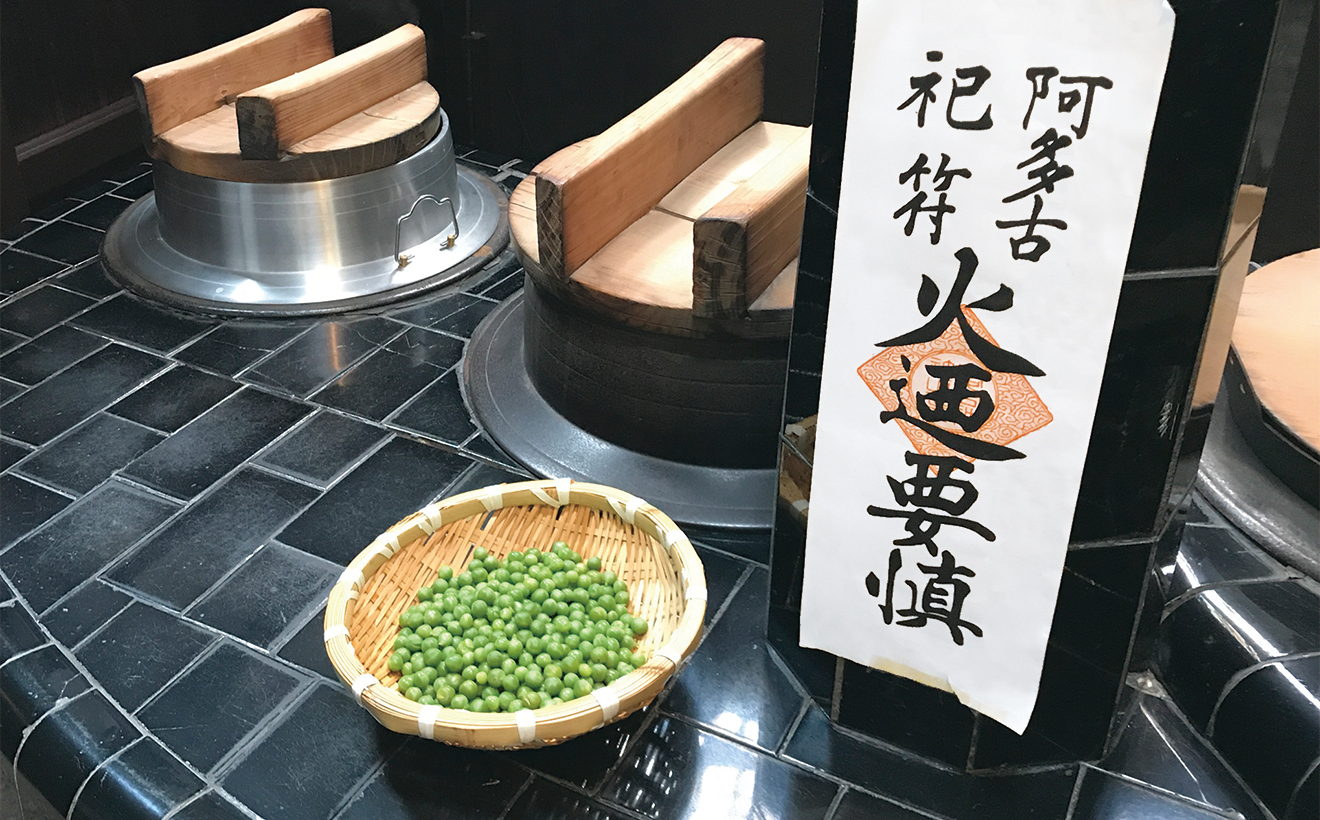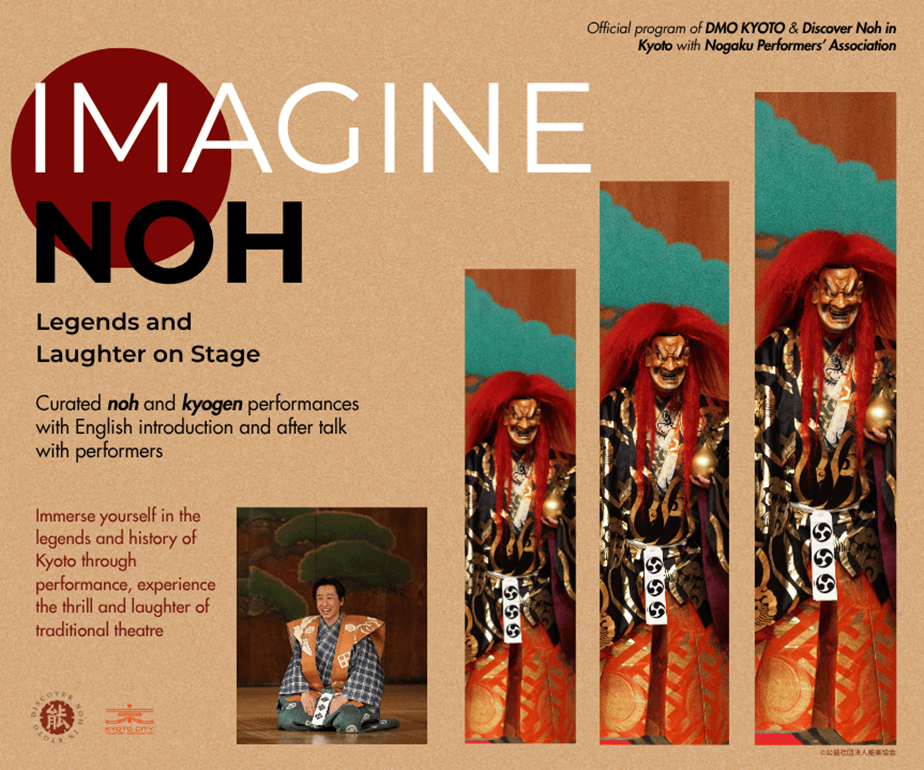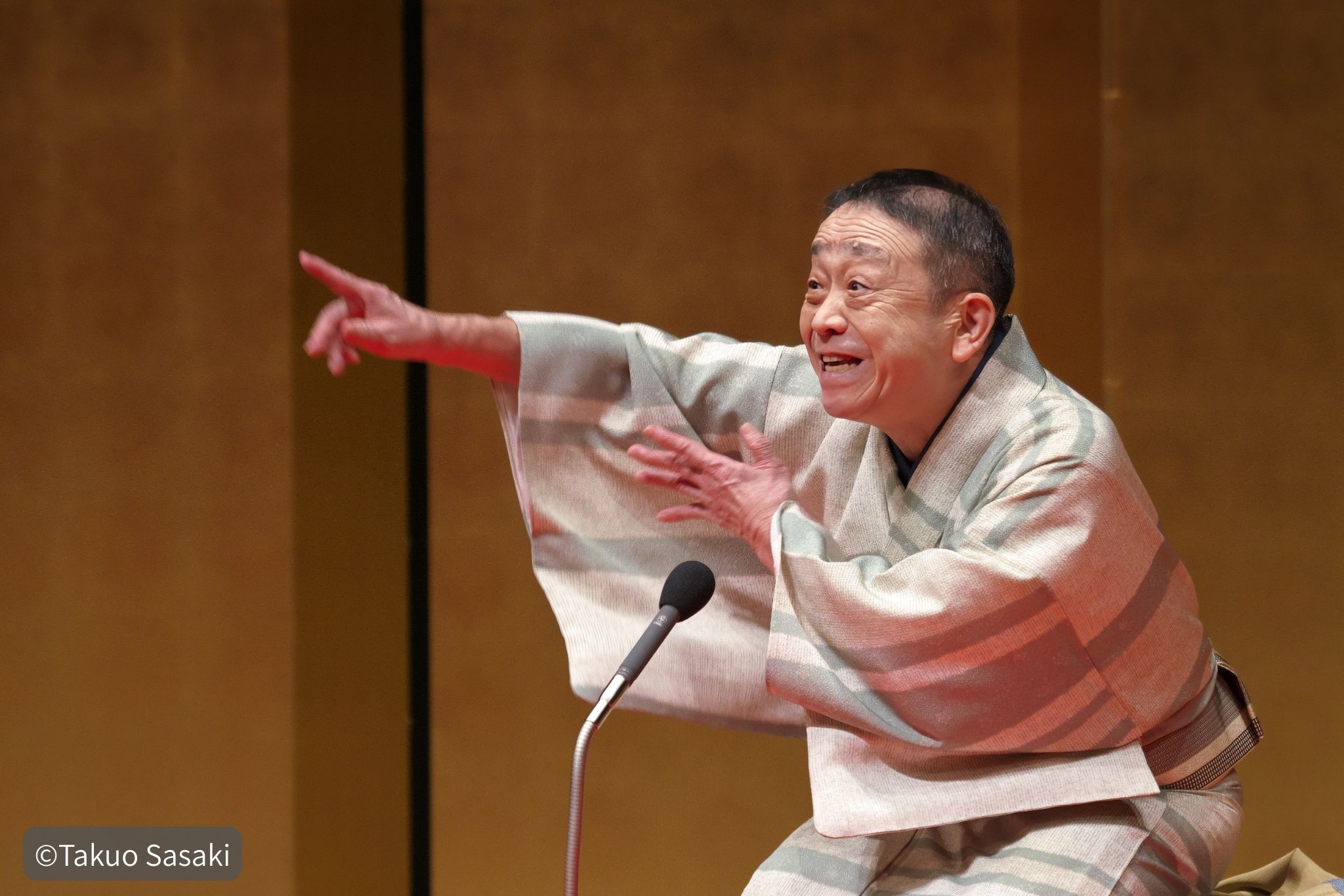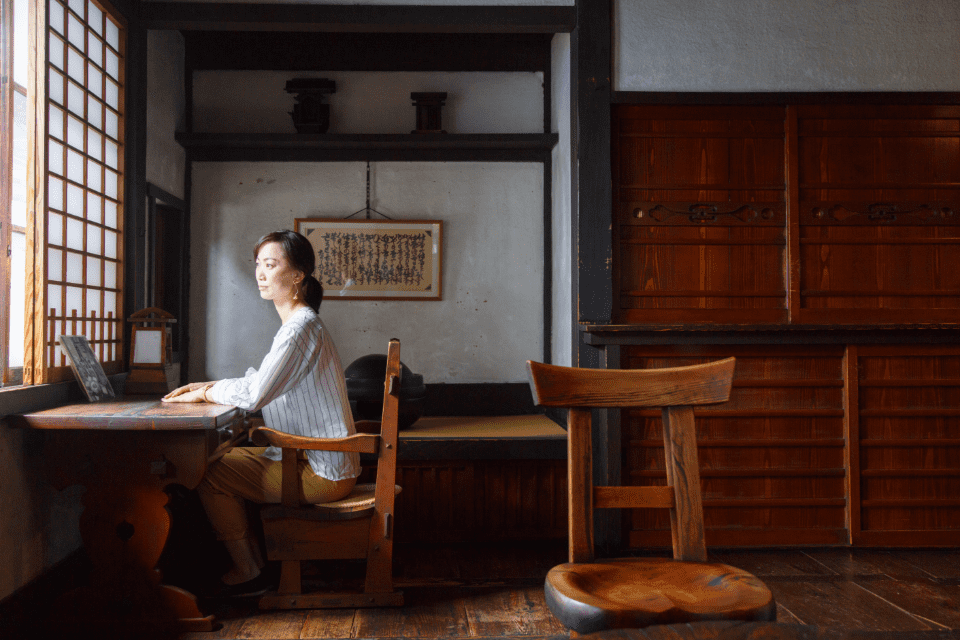
예술가의 기원 소개: 카와이 간지로의 집
다이쇼 시대(1912~1926)와 쇼와 시대(1926~1989) 사이에 활동했던 가와이 간지로는 도예, 시, 조각, 실내 장식 등 다재다능한 예술가였습니다. 그가 1937년에 직접 설계하고 지은 집과 아틀리에가 그의 가장 뛰어난 작품으로 손꼽힙니다. 오늘날 그의 집은 박물관으로 개방되어 있습니다. 가와이 간지로는 1966년 76세의 나이로 세상을 떠날 때까지 이 집에서 살았습니다. 내부는 박물관으로 활용하기 위해 일부 개조되었지만, 집의 대부분은 가와이 간지로가 가족과 함께 살았던 시절의 모습을 그대로 간직하고 있습니다.
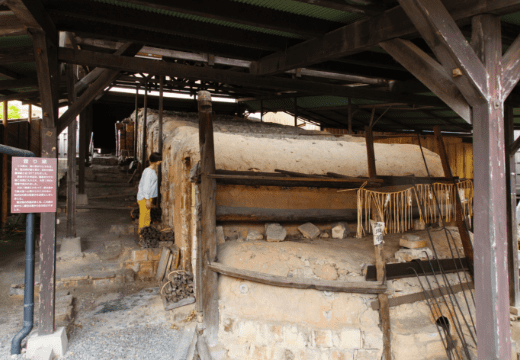
가와이가 이웃들과 함께 사용하던 연결된 가마. 그는 두 번째 가마에서 도자기를 구웠다고 전해진다.
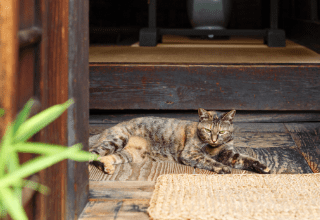

그의 작업실과 가마가 있던 집은 위풍당당하고 웅장한 느낌의 들보와 기둥이 아트리움 형태의 천장이 있는 거실의 개방적인 느낌과 조화를 이루는 공간입니다. 이러한 모든 건축 요소뿐만 아니라 대부분의 의자, 테이블, 선반 장식은 카와이가 직접 디자인했습니다. 그의 많은 작품이 이곳에서 탄생했으며, 이 공간 자체도 그의 걸작 중 하나로 손꼽힙니다.
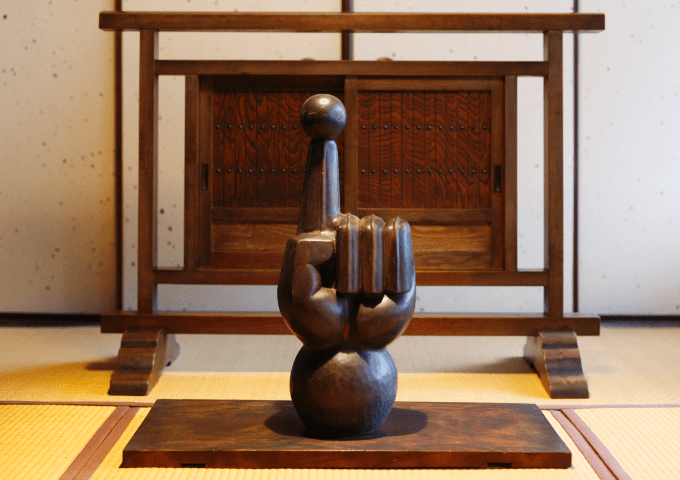
미닫이문을 열고 들어서면 오른쪽에 검지 손가락 끝에 구체가 있는 조각상이 있습니다. 과감하고 현대적인 디자인이 정통 일본식 현관과 조화를 이루는 모습은 마치 신비로운 분위기를 자아냅니다. 바로 앞에는 내부가 펼쳐져 있습니다. 이곳에서 방문객들은 간지로 카와이의 세계에 푹 빠져볼 수 있습니다. 간지로 카와이는 "삶은 곧 일이고, 일은 곧 삶"이라고 말한 적이 있습니다. 그의 미적 감각을 제대로 느끼려면 한때 이곳에 살았던 사람의 관점에서 세상을 바라봐야 합니다. 의자에 앉아 테이블을 만져 보세요. 그렇게 하면 간지로 카와이의 아이디어가 당신에게 스며들 것입니다.
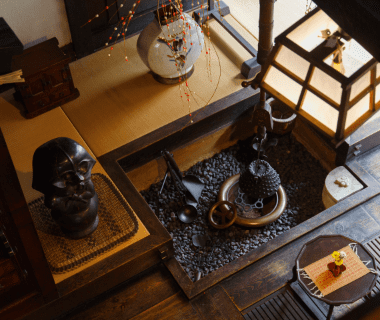
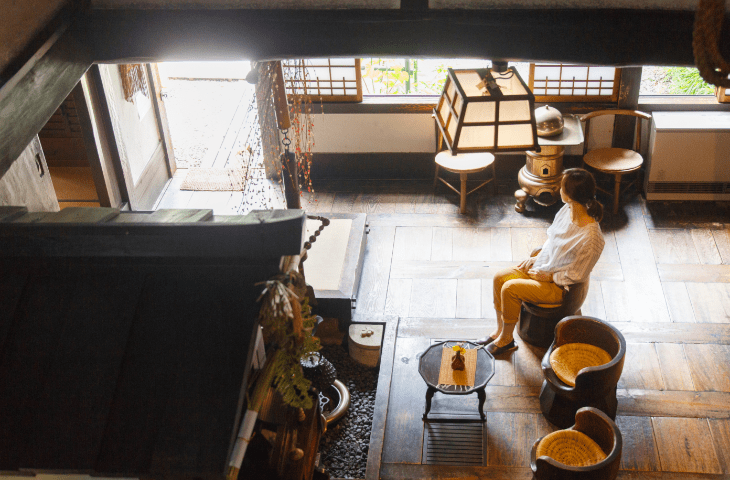
먼저, 난로 앞에 놓인 나무 의자에 앉아 보세요. 두 사람이 함께라면 한 사람은 의자에 앉고 다른 한 사람은 방 건너편 다다미 바닥에 앉도록 합니다. 시선은 같은 높이에서 만나야 합니다. 이는 가와이가 디자인 과정에서 사용자를 얼마나 배려했는지를 잘 보여줍니다. 양쪽에서 사용할 수 있는 양면 선반, 좁은 공간에 맞춰 디자인된 가정식 사당, 그리고 의자 아래에는 작은 서랍들이 있습니다. 어디를 보든 공간을 효율적으로 활용하는 아이디어들이 숨어 있습니다. 이 박물관에서는 가와이 간지로의 디자인에서 일상생활에 대한 중요성을 직접 느낄 수 있습니다.
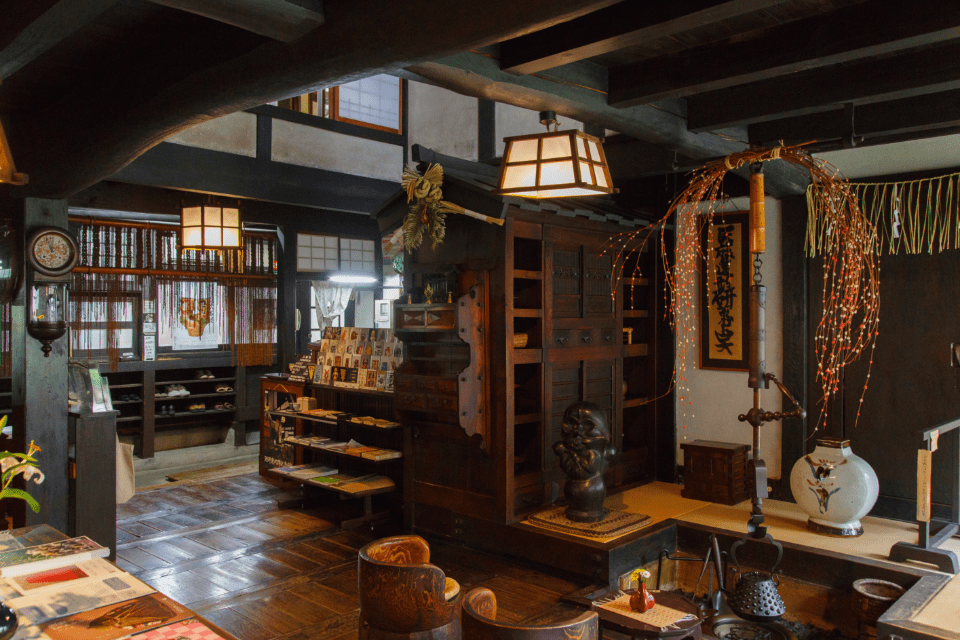
내부에는 가와이의 다양한 작품이 전시되어 있습니다. 디자인 청사진, 컬렉션, 도자기, 목조 조각, 그리고 자유로운 글쓰기까지 다양한 작품을 만나보실 수 있습니다. 건물을 거닐며 가와이의 예술에 대한 끊임없는 열정과 모든 활동에서 기쁨을 찾도록 이끌어준 어린아이 같은 정신을 직접 느껴보세요.
위치 정보
쇼코쿠지 조텐카쿠 박물관
이 박물관은 쇼코쿠지 경내에 있습니다. 쇼코쿠지 창건 600주년 기념 사업의 일환으로 1984년에 개관했습니다. 쇼코쿠지, 로쿠온지(금각사), 지쇼지(은각사)와 그 부속 사찰에서 600년 이상 전해져 내려온 미술품을 수집하여 전시하고 있습니다.
상설전에서는 쇼코쿠지와 깊은 인연을 맺은 이토 자쿠추의 수묵화풍 벽화 "로쿠온지 오조인 쇼헤키가(중요문화재)"의 일부를 감상할 수 있으며, 평소에는 일반인에게 공개되지 않는 귀중한 작품들도 특별전에서 감상할 수 있습니다. 드넓은 경내에 자리한 이 박물관에서 쇼코쿠지의 역사를 직접 체험해 보세요.
위치 정보
저명하고 부유한 일본 상인이 소유한 빌라
중요문화재 구 미쓰이 가문 시모가모 별장
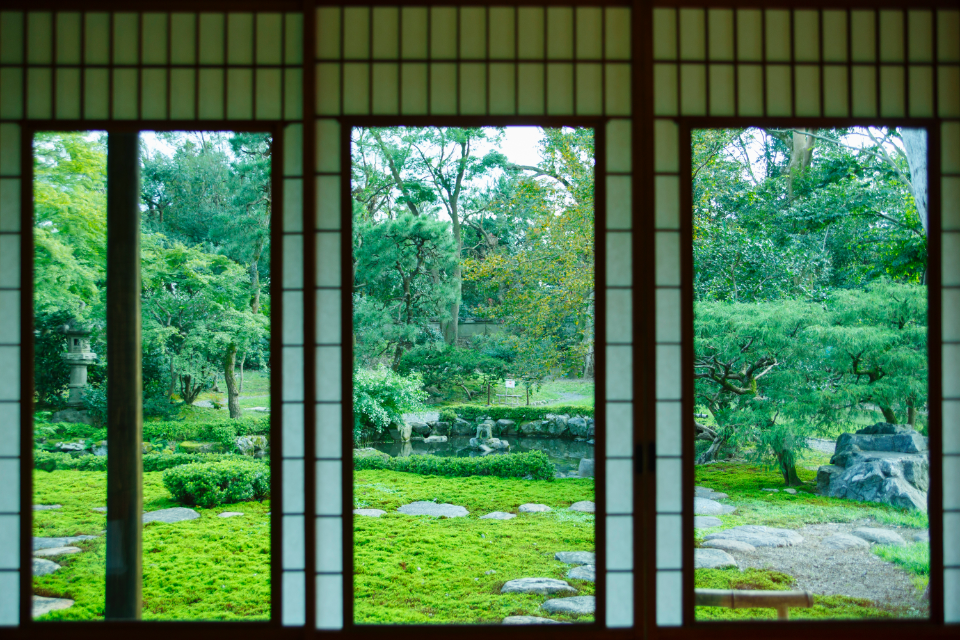
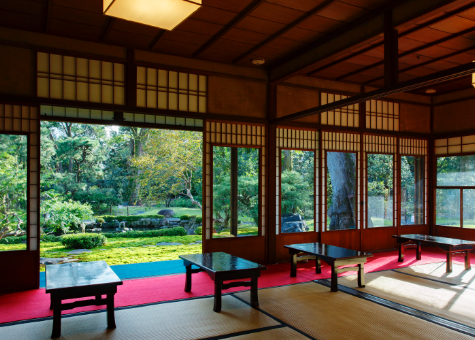
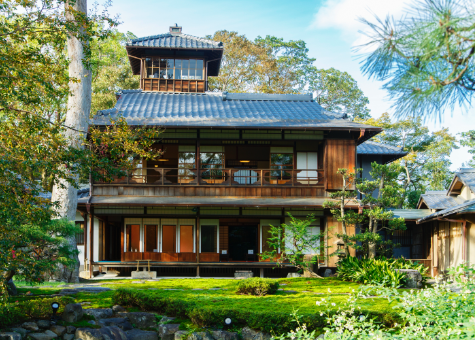
시모가모 신사 남쪽에는 중요문화재로 지정된 구 미쓰이 가문 시모가모 별장이 있습니다. 이 별장은 1925년에 지어졌으며, 1603년부터 1867년까지 기모노 직물과 환전업으로 번영을 누렸던 부유한 상인 미쓰이 가문의 별장으로 사용되었습니다. 미쓰이 가문은 메이지 시대(1868년~1912년)의 거대 재벌 중 하나였습니다. 북쪽에는 미쓰이 가문의 조상을 모신 아키나 레이샤 신사가 있습니다. 이 별장은 미쓰이 가문 관계자들이 아키나 레이샤 신사에 참배하러 올 때 휴식을 취하기 위해 지어졌습니다.
이 별장은 세 시대에 걸쳐 지어진 건물들로 구성되어 있습니다. 미쓰이 가문의 수장이었던 기야마치 산조 지역에 원래 지어졌다가 1880년 메이지 시대에 이곳으로 옮겨온 은거 주택, 1603년에서 1867년경에 지어진 건축 양식의 다실을 복원하여 이곳에 원래 있었던 건물, 그리고 별장과 함께 새로 지어진 현관입니다. 남쪽에는 이끼 정원이 펼쳐져 있습니다. 오늘날 일반적인 휴게소보다 방이 많지만, 미쓰이 가문의 11채의 주택과 축제 때마다 이곳에 모이는 미쓰이 재벌의 간부들을 생각하면 별장의 규모는 충분히 짐작할 수 있습니다.
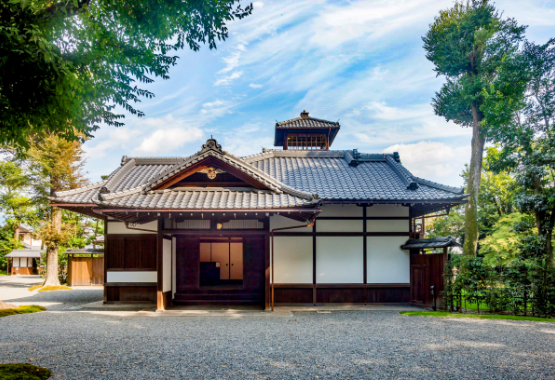
현관의 외관.
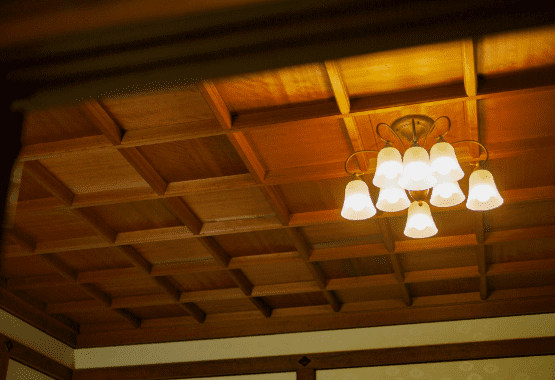
본관 1층과 현관, 그리고 정원은 평소에 일반인에게 공개됩니다. 미쓰이 가문은 기모노 직물 사업으로 시작하여 일본 최초의 사립 은행을 설립했습니다. 이 별장을 방문하여 미쓰이 가문의 미적 감각을 경험하고 에도 시대 말기(1800년대 중반에서 후반), 메이지 시대, 그리고 다이쇼 시대의 건축미를 배워보세요.
현관은 격자 천장이 있는 쇼인(書院) 양식의 주거용 건축 양식을 특징으로 합니다. 바닥에는 카펫이 깔리고 의자가 놓여 있는 서양식 거실로 사용되었습니다.


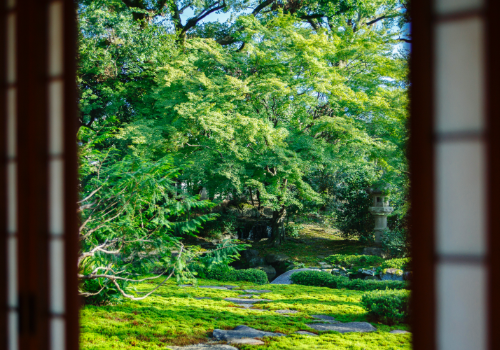
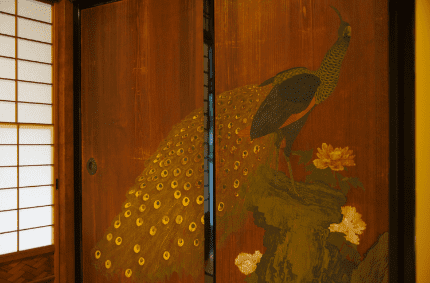
측면 입구 대기실에 남아 있는 채색된 삼나무 문. 하라 자이세이의 공작과 모란(18세기 후반~19세기 초)
문은 안쪽의 메인 룸으로 연결됩니다. 원래 미쓰이 가문의 수장을 위한 은거처로 지어진 이 간소한 방에는 화려한 장식이 많지 않습니다. 그럼에도 불구하고 벽감 기둥은 남쪽에서 온 귀중한 아레카 야자나무로 만들어졌고, 일부 방은 당시 귀중하게 여겨졌던 합판으로 만들어졌으며, 곳곳에서 정교한 장식을 찾아볼 수 있습니다. 평소에는 일반인에게 공개되지 않는 다실은 1800년대 중반에서 후반에 지어진 스키야 양식의 건축 양식을 자랑합니다. 미쓰이 가문은 축제 때 이곳에 가문의 보물을 전시했다고 전해집니다.
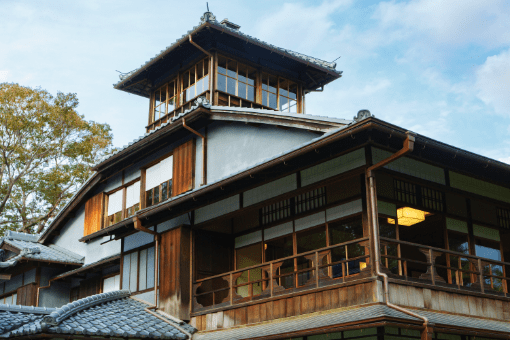
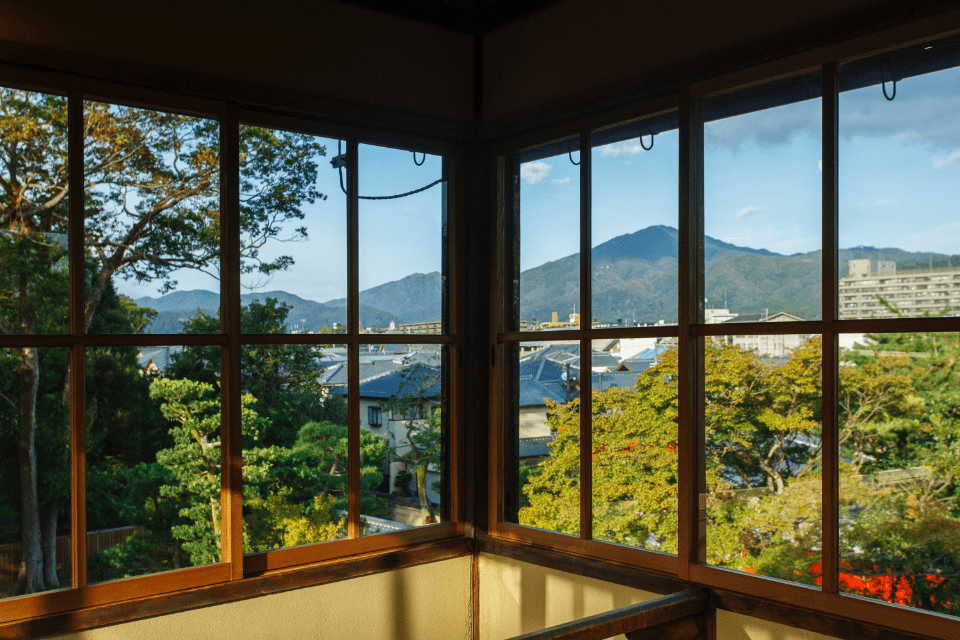
3층의 망루는 이 건물의 상징으로 여겨집니다. 사방이 유리창으로 되어 있어 당시에는 창문을 통해 멀리 가모가와 강둑까지 내다볼 수 있었습니다. 메이지 시대에는 이러한 망루가 부유층의 일종의 신분 상징이었습니다. 내부 공간은 보통 일반인에게 공개되지 않지만, 1년에 한 번 특별 전시를 위해 견학할 수 있습니다. 부유한 상인들은 지붕에서 솟아오른 망루에서 교토를 바라보곤 했습니다. 창밖을 바라보며 그 상인들의 모습을 떠올려 보세요.
건물과 정원의 일체감
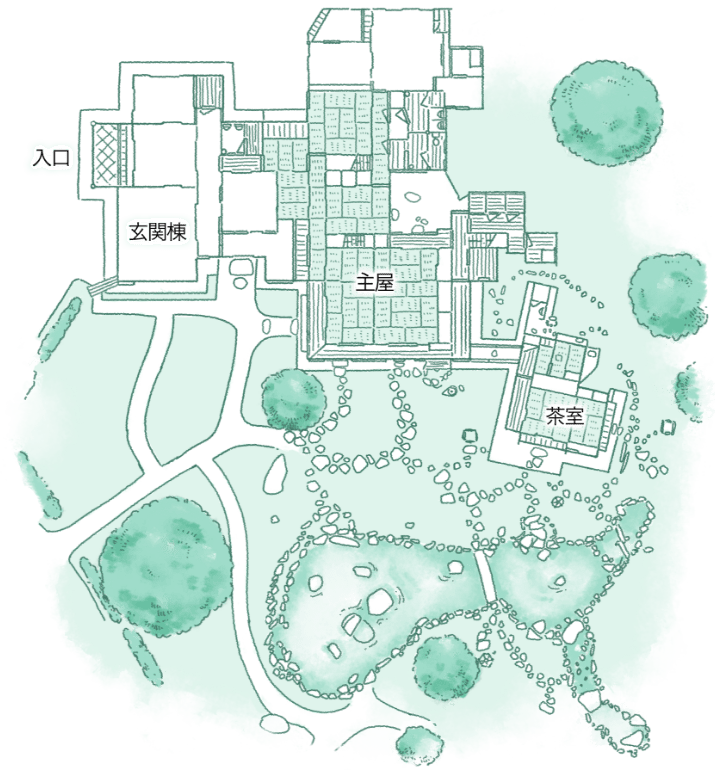
구 미츠이 가문 시모가모 별장과 같은 건축물에서는 외부와 내부, 즉 정원과 건물이 하나의 연속된 공간으로 연결됩니다. 각 방은 정원과 연결되어 있어 정원에서 바라보면 건물이 선명하고 깔끔하게 보입니다. 예를 들어, 구 미츠이 가문 시모가모 별장 2층 창문의 난간은 정원 전망을 가리지 않도록 크게 커팅되어 있습니다. 또한, 1층 벽감 옆 미닫이문을 열면 이끼 낀 정원에 서 있는 석등롱의 아름다운 풍경이 펼쳐집니다. 외부에서 바라보면 돌출된 망루가 건물 전체에 포인트를 더해 일반적인 일본 가옥에서는 찾아볼 수 없는 고급스러운 분위기를 자아냅니다. 이러한 모든 특징은 건축물이 자연과 어우러지는 독특한 아름다움을 만들어내기 위해 하나하나 계획되었습니다. 내부 벽감 앞에는 가장을 위한 특별한 좌석이 있습니다. 교토의 일본식 건축물을 둘러볼 때는 벽감에 등을 대고 앉아 정원을 바라보는 것을 추천합니다. 여기에서 아마도 이 집에서 가장 아름다운 전망을 감상할 수 있을 것입니다.
(교토시 문화재보호과와 협력)
게시글 보기

